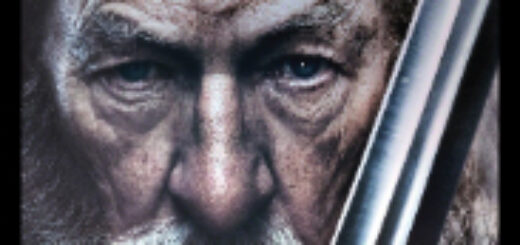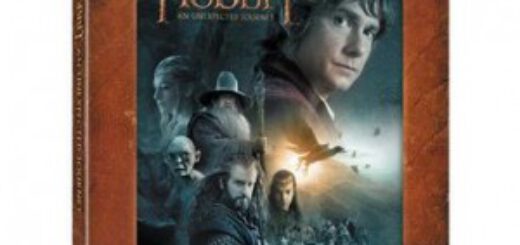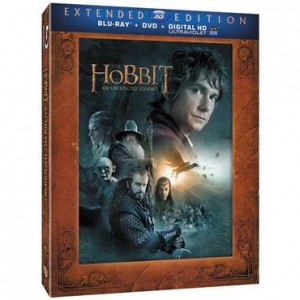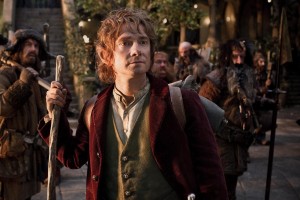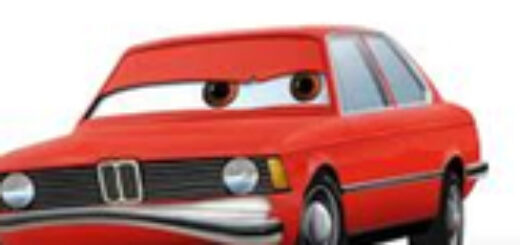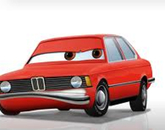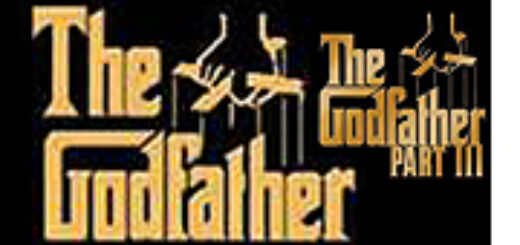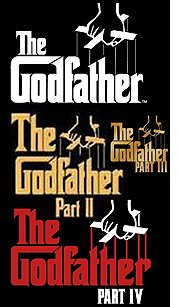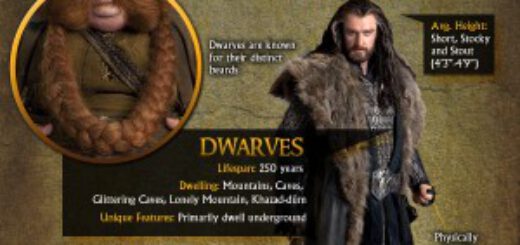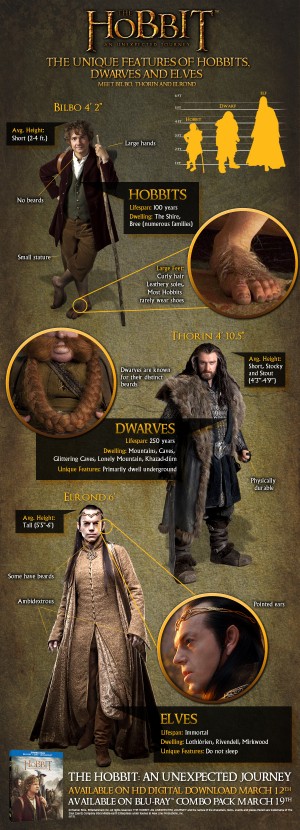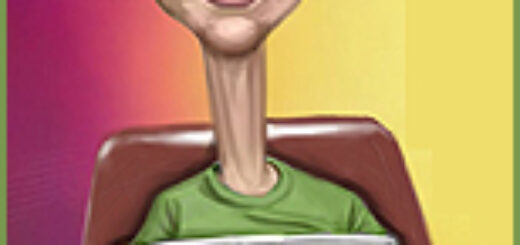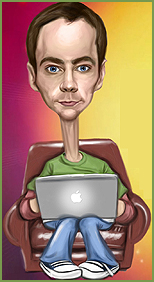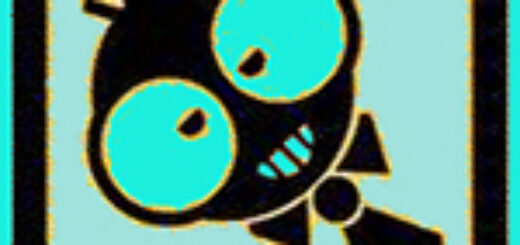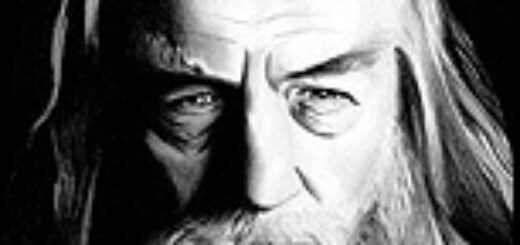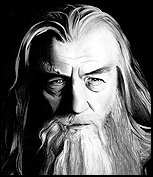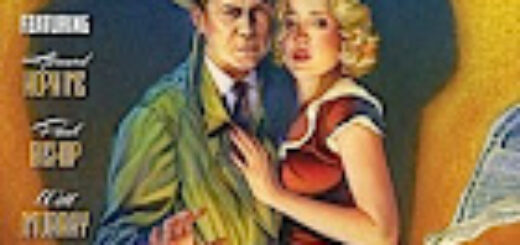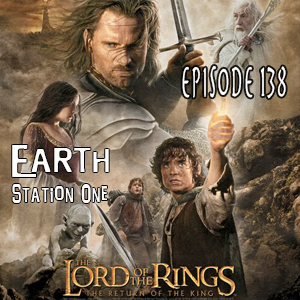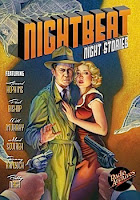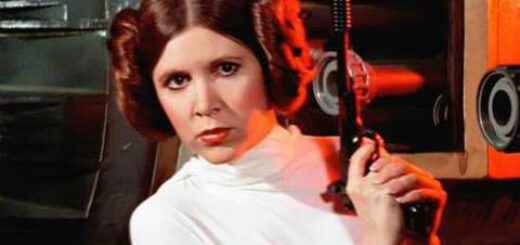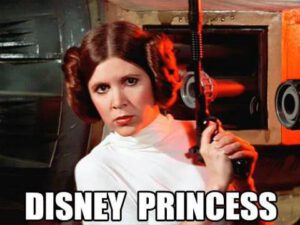John Ostrander: A Fair-to-Middling Earth
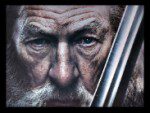 Different media have different demands, and adapting work done in one medium for another can be problematic. Comics, especially super-hero comics, used to be very difficult to make into films. We did not believe a man could fly; we believed he was lying belly down on a table with a fan blowing over him. However, CGI and other technology caught up with films and, today, some might say the superhero film is more faithful to the feel and spirit of the lead character than the comics are.
Different media have different demands, and adapting work done in one medium for another can be problematic. Comics, especially super-hero comics, used to be very difficult to make into films. We did not believe a man could fly; we believed he was lying belly down on a table with a fan blowing over him. However, CGI and other technology caught up with films and, today, some might say the superhero film is more faithful to the feel and spirit of the lead character than the comics are.
I think that’s the key, especially when adapting novels into films. Novels are too long to be strictly adapted into movies; Game of Thrones works fairly well, as does The Walking Dead, because they are TV series. The episodic nature allows for the kind of development that mirrors the length and structure of the source material.
It comes down to what do you keep in, what do you cut; what do you omit and what do you add; what plot elements are the most important, what are less important; what’s necessary to tell the story? What choices do you make? These are basic questions for any story but are even more vital when you’re adapting another person’s creation. How true must you be to the source material – to the letter or to the spirit? Who is the primary storyteller?
When it was first announced that The Lord of the Rings was going to be made into movies, I was hesitant, dubious, and worried. I love LotR and I just didn’t see how it could be done. However, director Peter Jackson made a believer out of me. His adaptation is not perfect, no, but the fact that it exists is damn near a miracle.
When The Hobbit was announced, initially I was very psyched. Originally, Peter Jackson was only going to produce, not direct, but due to delays he eventually wound up taking over the director’s reins again. J.R.R. Tolkien wrote The Hobbit initially as a children’s book and, while in the same setting of Middle-Earth as LotR, Tolkien only later amended the book to tie into the later work. Some characters appear in both works.
The Hobbit is a shorter book than LotR so I was only mildly concerned when it was announced it would be made into two films. It’s when Jackson announced it would become three films that I started to become apprehensive once again. Still, Jackson had earned my trust with LotR. I adopted a wait and see attitude.
Well, I’ve seen the first two parts of Jackson’s The Hobbit and I am somewhat less than thrilled. They’re not bad films per se but it’s been made very much into a prequel for Jackson’s LotR and not to the source material’s benefit.
Warning: spoilers of both the movies and the books follow.
The basic story is the same: the titular Hobbit, Bilbo Baggins, is dragooned into a motley crew of dwarves, led by Thorin Oakenshield, to reclaim their kingdom. Coming along is the wizard Gandalf the Gray. Woven into the story is how Bilbo won/stole the One Ring from Gollum. This, combined with an appendix Tolkien wrote, is the story of how the Great Enemy, Sauron, regrouped at Dol Guldur as the Necromancer until he was driven out by the White Council, including Gandalf (who disappears from The Hobbit’s storyline for a while to do this).
Adding this to the film makes sense and fleshing out that part of the story is fine. I also don’t have a problem with adding Legolas to the story or a new character, Tauriel, or even her possible romance with one of the dwarves. What bothers me is padding and bloating in the storyline. There’s a protracted running, jumping, yelling, fighting scene in the underground kingdom of the Goblins that could have been right out of the Mines of Moria sequence in LotR. It goes on way too long. Richard Armitage, as dwarf leader Thorin, is simply too good looking and something of a stand-in for Aragon in LotR. There’s a battle between the dwarves and the dragon, Smaug, within the mountain kingdom that simply never happened in the book and, again, goes on way too long.
For me, this is now less J.R.R. Tolkien’s The Hobbit and more Peter Jackson’s The Hobbit. It’s less about picking the elements to best tell the original story than what Jackson feels like doing. Some things he gets absolutely right, such as the aforementioned scene between Bilbo and Gollum. In that he keeps very close to the scene as written by Tolkien and it works wonderfully. A later scene, between Bilbo and Smaug, does not stick as closely to Tolkien and it suffers for it.
I will undoubtedly go to the third film when it comes out and I will have all three in DVD or Blu-Ray format as they become available, including the inevitable Director’s Cut versions which may be even more bloated. I understand this is Jackson’s vision of The Hobbit but it’s a lot darker than the book was. I’m very glad these films exist at all; I just would have liked it if they had been a little more Tolkien and a little less Jackson.
MONDAY: Mindy Newell
TUESDAY MORNING: Jen Krueger
TUESDAY AFTERNOON: Michael Davis

